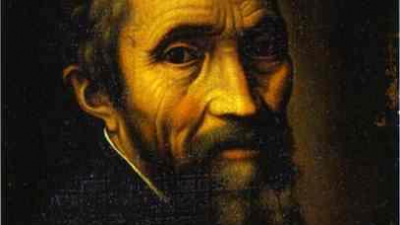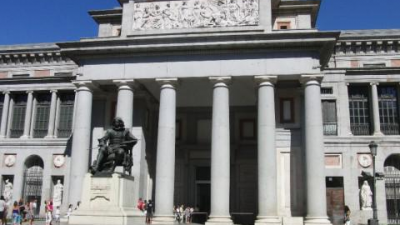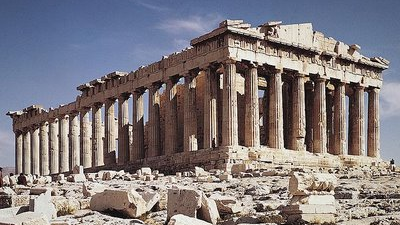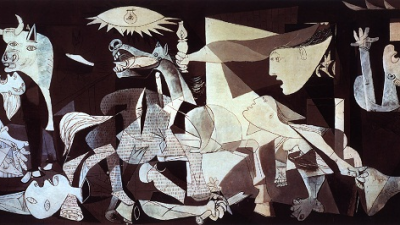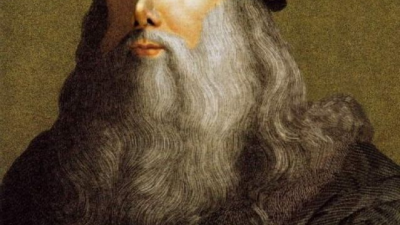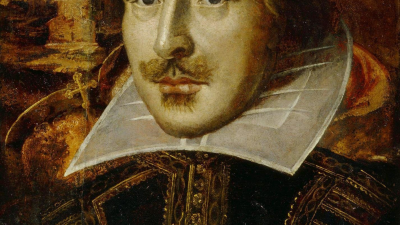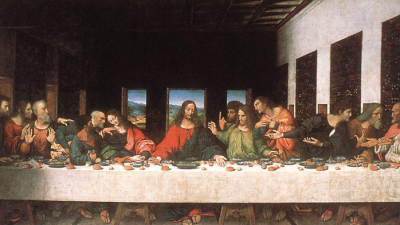Works of art that no longer exist
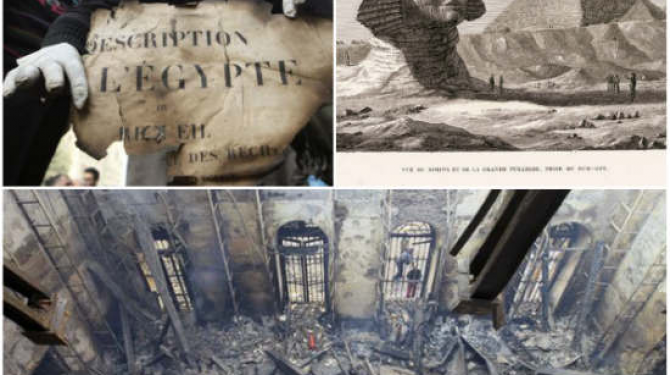
Source: listas.20minutos.es
Every time you visit a museum you enjoy each work, you do not really know if it will be the last time you will see it. The First and Second World War, the terrorist attack of September 11, 2011, as well as other wars and looting have been the reasons why many works of art can never be appreciated again. The historian Céline Delavaux undertook the task of publishing the book: "The Impossible Museum: The Best Art You'll Never See" (The Impossible Museum: The best art you'll ever see), in which he compiles these valuable works of art that do not exist anymore
TOP 15:
"Madeleine Leaning on Her Elbow with Flowers in Her Hair" by Pierre-Auguste Renoir
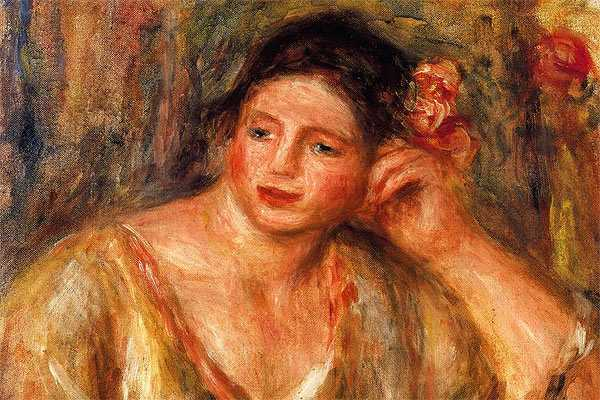
The work "Madeleine Leaning on Her Elbow with Flowers in Her Hair," a $ 1 million oil painting, was stolen by a lone armed robber who wore a ski mask in Houston on September 8, 2011.
TOP 14:
400 paintings were destroyed during a fire in the Flackturm in Friedrichshain
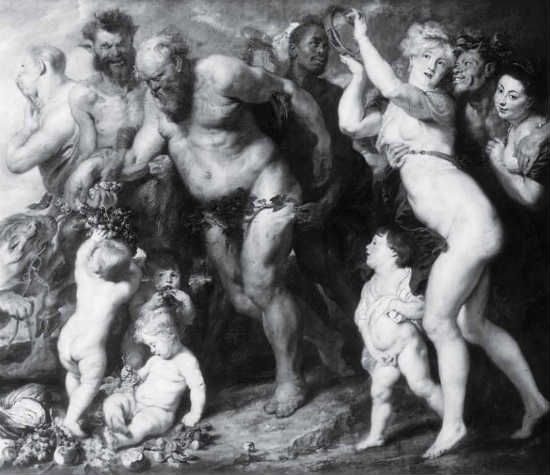
During the Second World War, Germany, like many other European countries, evacuated their works of art from museums to more secure shelters, in Berlin, one of these centers was the bunker in Friedrichshain. But in May 1945, when the city was in the hands of the Allies, more than 400 paintings were destroyed during a fire at the Flackturm in Friedrichshain. Within these pieces was The Bacchanal, work of Peter Paul Rubens of the seventeenth century.
TOP 13:
"The Dance of Death" by Niklaus Manuel Deutsch
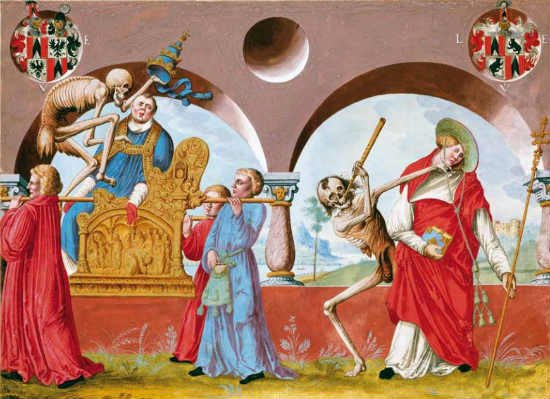
The Dance of Death by Niklaus Manuel Deutsch (1484-1530) decorated the walls of a cemetery in Bern, Switzerland; It was the most famous monument in the city, which consisted of a series of 46 scenes. Unfortunately, the work was destroyed in 1660 as a result of urban re-evolution. However, a copy appears in a manuscript of paintings and writings made in 1649 by a local artist, Albrecht Kauw.
TOP 12:
"House" by Rachel Whiteread was destroyed in 1994
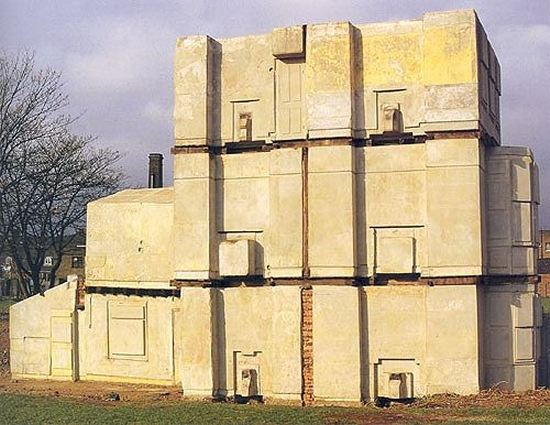
In 1993, the British artist Rachel Whiteread filled the interior of an abandoned house in East London with concrete; When the plaster dried, the artist removed the shell leaving only the mold, which House titled. This work of art was a kind of resurgence of the past, a ghost that for some Londoners was disturbing, so it was destroyed on January 11, 1994.
TOP 11:
Rubens and Titian's paintings disappear along with The Ribeira Palace of Portugal
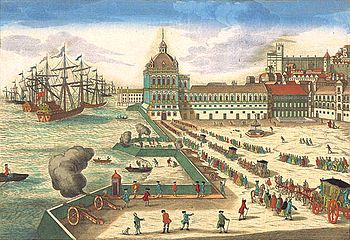
The Ribeira Palace in Portugal disappeared along with paintings by Rubens and Titian in the 1755 earthquake.
TOP 10:
More than 239 works destroyed, including "The Sleeping Shepherd" by François Boucher
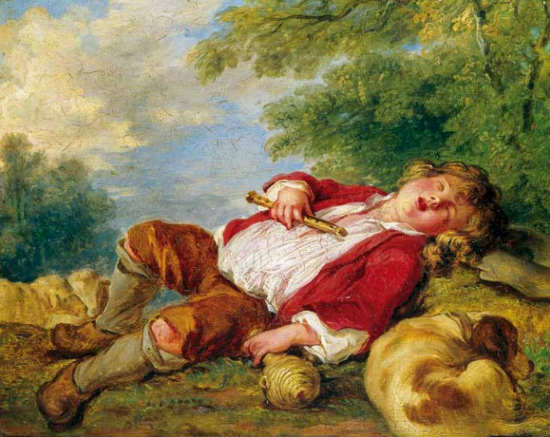
In November 2001, in a museum in Lucerne, Switzerland, a thief returned to the scene of the crime, because several years ago he had stolen 239 works of art not only from this place; a person who saw him recognized him and was arrested by the police. This young German said he started stealing the objects of his passion in 1995. He visited European museums and stately homes to commit his crimes. Stole multiple paintings, statuettes, silver objects and jewelry. When the thief was arrested, the police thought that all the pieces were going to return to their place of origin, but they did not count on the fact that the criminal's mother had destroyed the art that had been stored in her house. The objects had been thrown into a canal, and the paintings had been cut and then thrown into a waste pit. Among the works that were lost was the painting The Sleeping Shepherd by artist François Boucher, which was stolen in 1996.
TOP 9:
Works destroyed by bombings by Hugo van der Goes, Lorenzo di Cred and Gerrit van Honthorst
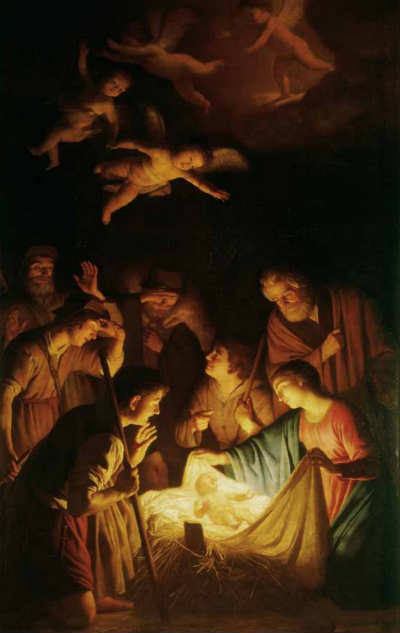
On May 27, 1993, a bomb exploded near the Uffizi Gallery in Florence. Several people died in this attack whose main objective was the museum itself. This site houses several paintings representing the Adoration of the Shepherds of artists as well known as Hugo van der Goes and Lorenzo di Credi. And among the many versions that had had one of the Dutch artist Gerrit van Honthorst, who lived in Florence during the 17th century. L'Adoration des Mages, 1620, was destroyed during the attack with explosives.
TOP 8:
"Philosophy" by Gustav Klimt (Fire at the Immendorf Castle)
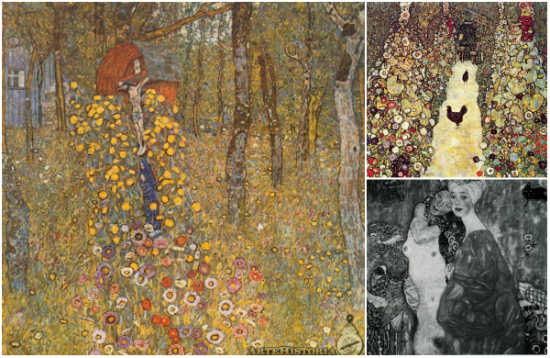
Part of the works that kept the Modern Gallery of Vienna were transferred, in 1944, to the Castle Immendorf, putting them safe of the continuous bombings that underwent the city. But in the month of May 1945, faced with the Soviet pressure suffered by the area, the SS troops set fire to the castle, losing both the continent and the valuable content, thus preventing artistic treasures from falling into Soviet hands. Among the many losses include a series with the title Philosophy of Gustav Klimt.
TOP 7:
Rockefeller sends to erase the fresco of Diego Rivera "The man at the crossroads"
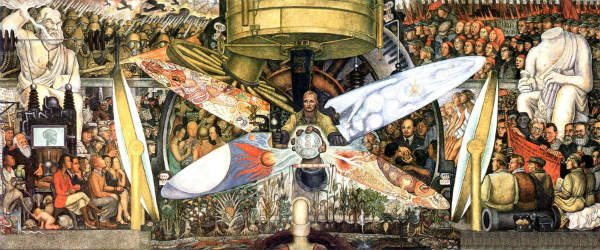
In 1932, the Mexican painter Diego Rivera was hired to paint a fresco at the reception of one of the skyscrapers at the Rockefeller Center in New York. The mural: The man at the crossroads, drawn up by Rivera included a primordial character of Communism-Lenin, an image that did not agree with the vision of the Rockefeller family; reason why the work of Diego was erased completely.
TOP 6:
The "Great Tapestry" of Miró (it was destroyed along with the Twin Towers of New York)
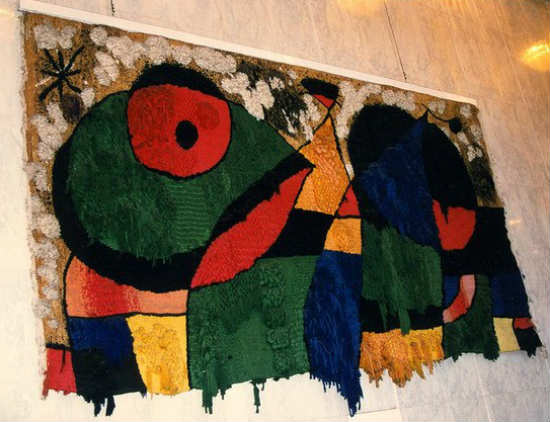
In 1974 the Spanish painter Joan Miró designed a huge tapestry of wool, hemp and rope of 66 square meters to decorate the lobby of the World Trade Center in New York, which perished in the terrorist attack of September 11, 2011. The "Great Tapestry "de Miró, as it was called, was left under the rubble of the Twin Towers. * In the attack against the twin towers, more than 300 drawings and sculptures by Rodin were lost, as well as the rug by Joan Miró and works by Lichenstein.
TOP 5:
"Leda" by Leonardo da Vinci disappeared
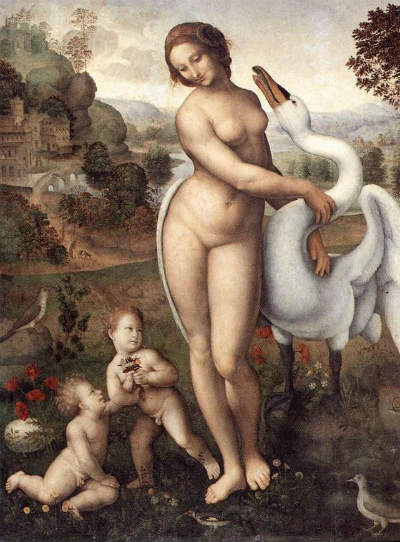
The canvas entitled Leda y el swne was produced by the Italian painter Leonardo da Vinci between 1510-1515; but at present it is not known where the work of art is, it simply disappeared. Only one copy is kept in the Borghese Gallery in Rome, which is painted in tempera on panel and measures 112 cm high and 86 cm wide.
TOP 4:
"The Expulsion of the Moriscos" by Velázquez and more than 500 paintings (Incendio Real Alcázar de Madrid 1734)
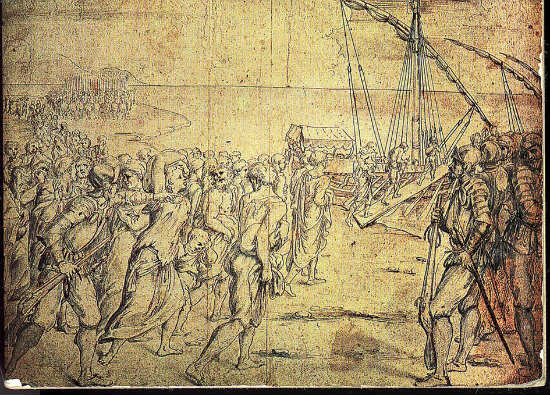
On Christmas Eve of 1734, a fire broke out at the Real Alcázar in Madrid. The fire spread quickly and lasted four days; The intensity was such that some silver objects were melted. The place sheltered great amount of works of art, among them more than 500 pictures, of which the expulsion of the moriscos of Velázquez was destroyed.
TOP 3:
"Portrait of Dr. Gachet" by Van Gogh
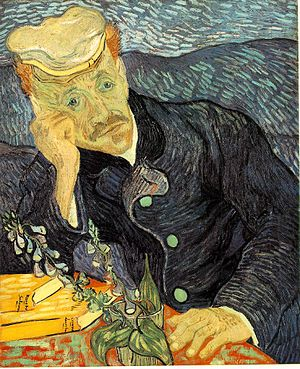
Perhaps one of the saddest and most famous cases is that of billionaire Ryoei Saito, this wealthy Japanese bought the famous Van Gogh painting "Portrait of Dr. Gachet" for a record of 82.5 million dollars. Later he announced that when he died he wanted to burn the painting with him. Since his death, nothing was ever heard of the painting again and rumors suggest that the sad promise may have been fulfilled.
TOP 2:
L'Egypte (Description of Egypt) 160 thousand manuscripts and maps burned
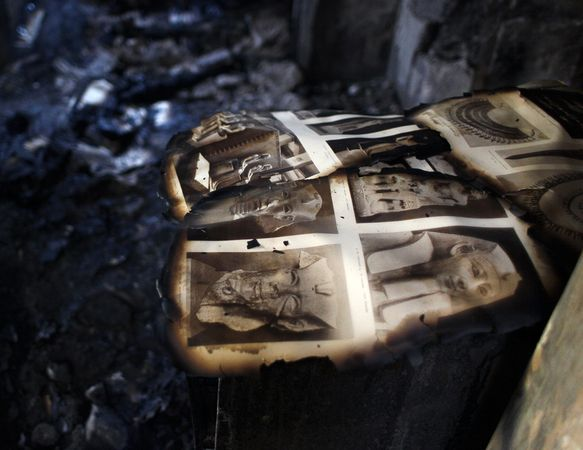
In December 2011 the Egyptian Institute was the victim of a fire during the riots in Cairo, in which 160 thousand manuscripts and maps were burned, including the original Description of L'Egypte (Description of Egypt) commissioned by Napoleon Bonaparte . The Description of L'Egypte, consisted of 24 volumes full of illustrations that Napoleon entrusted to a group of scientists who accompanied him during his campaign in the country of the Nile. Bonaparte founded in 1798 the Institute of Egypt in the likeness of the National Institute of France; which also remained in ruins.
TOP 1:
Destruction of a monumental Buddha
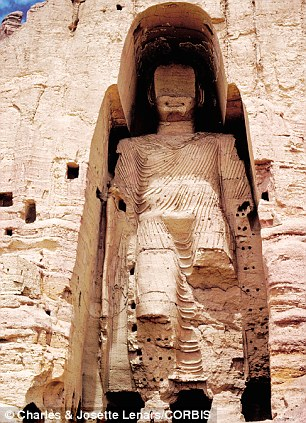
The Afghan militia dynamited in 2001 the head of the giant statue of the Buddha of Bamiyan, 55 meters and carved on a mountain 1,500 years ago. They also dynamited another smaller Buddha.
More lists

